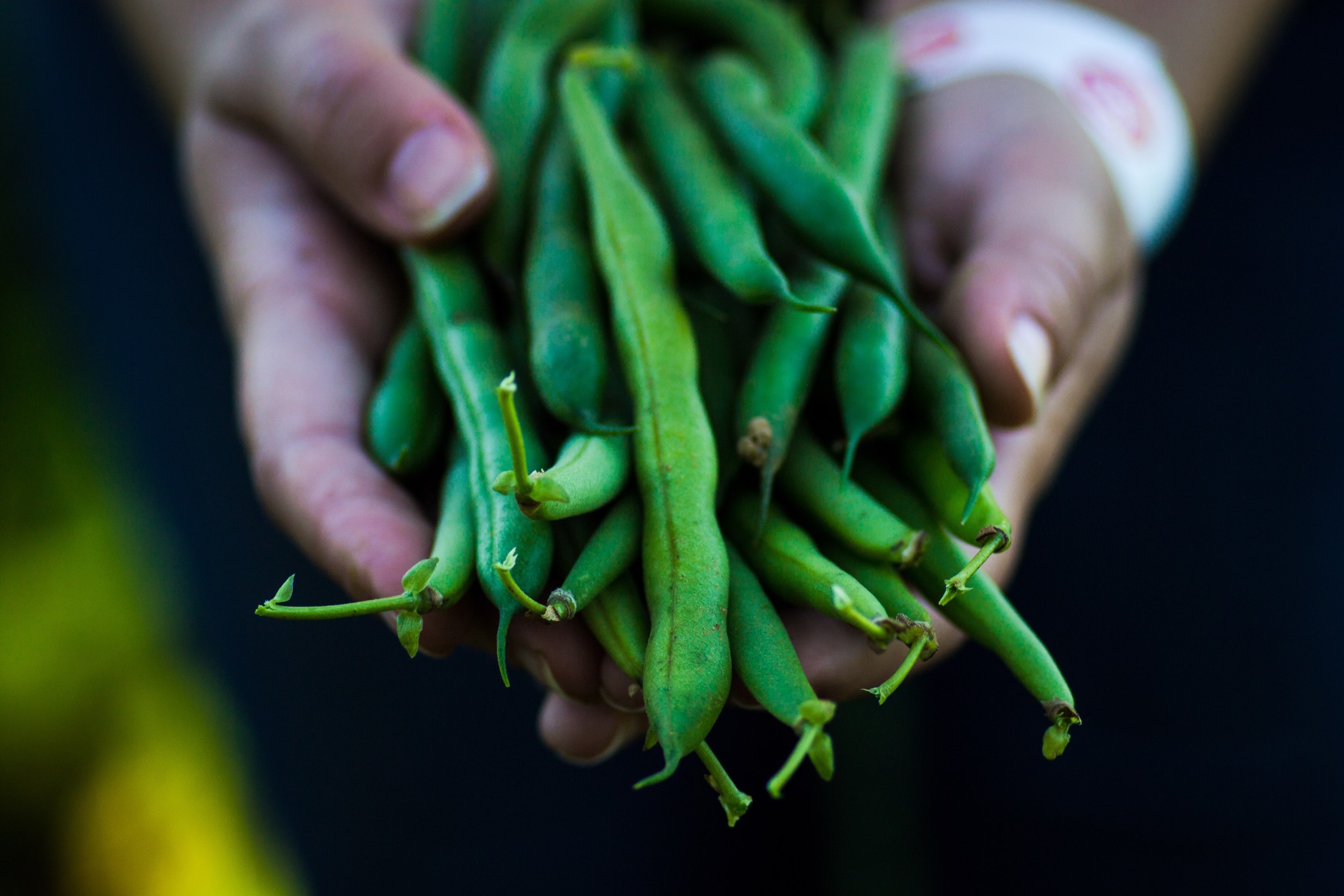LOCAL FOOD PROCESSORS AND PRODUCERS
Build infrastructure, including community kitchens, food processors (value added producers), and food incubators, to encourage food entrepreneurs and promote the local food economy
STRENGTHEN LOCAL FOOD INFRASTRUCTURE
Local Food Processors and Producers
Build and expand community kitchens and food processing/manufacturing incubators to support food entrepreneurs and local farmers who can bring new food resources to the community. Programs should provide business and market development services while accessing business capital for entrepreneurs and farmers (prioritizing BIPOC-owned businesses). Additionally, they should draw supplies and ingredients from local/regional farmers and producers, and connect with area feeding programs, such as food pantries, catering companies, and community meals, to get healthy food to their clients (see also: US Kitchen Incubator Analysis 2020).
- Organizational capacity building and capital investment to build and expand community kitchens and food incubators
- Market research to identify financially viable markets
This promising strategy requires investment in:
- Organizational capacity building and capital investment to build and expand community kitchens and food incubators
- Market research to identify financially viable markets
Evaluation of Promising Strategy in Initial Target Regions
Learn more about the Investment Map’s selection of Initial Target Regions.
Two cold storage facilities, 12 dairy and cheese processors, three seafood processors, and three commercial kitchens in the region. Kitchen Incubators span both WNC and Piedmont Triad regions.
Five kitchen incubators need further investment. Additional research is needed to determine if the number of food hubs and community kitchens in the region should increase.
Assets: Kitchen Incubators
Description:
Hubs & Kitchens: Food Hubs, Commercial Community Kitchens, and Copackers in NC (2017)
U. S. Kitchen Incubators: An Industry Update (Jan 2020)
Investment Approach: Kitchen Incubators: A Growing Industry Embracing Tech and Supporting Food Entrepreneurs
Measures: Living Income Standard
- Increased food access program participation. Metric = number/% increase/ relative % of BIPOC to all – of participants in food access programs (demographic information collected that would allow disaggregation of the data)
- Increased procurement of local/regional foods. Metric = % of spend ($) on local/regional food products
- Increased living wage/benefited employment opportunities. Metric = number of FTE generated through projects
- Increased markets and viability of small and mid-size local farms. Metric = % increase in sales for farm, and % increase in overall profit for farm
- Increased markets and viability of BIPOC, women, or veteran-owned food and farm businesses. Metric = % increase in sales for business, and % increase in overall profit for business
- Market access for BIPOC owned food and farm businesses. Metric = number of businesses owned by BIPOC and relative percentage to all engaged businesses
- Community ownership in the food system infrastructure or business. Metric = # increase in supported community member(s) owned enterprises.
- Increased community voice in decision-making. Metric = number of interventions/projects with community governance structures that enable shared decision-making (i.e. a community board).
- Decrease in the % community below 200% Federal Poverty Level. Metric = HNC 2030: individuals below 200% FPL (broken down by race)
- Increase in the % community meeting or above NC Living Income Standard for relevant NC city or county. Metric = individuals at or above NC LIS (broken down by race)
- Support for general operating. Metric = amount of $ going specifically into general operating support (not program-related)
Canton Missional Network is developing a new Community Kitchen location to serve meals and serve as a shared-use commercial kitchen. Kitchen Incubators span the WNC and Piedmont Triad regions.
Stecoah Valley Center Kitchen in Graham County and EBCI Tribal Cannery in Cherokee County are underfunded and underutilized. This model has proven successful nationwide and in North Carolina during the current global pandemic. Additional research is needed on the current success of food hubs in the region as well as the previous failings of this model in WNC prior to COVID-19.
Assets: Kitchen Incubators
Description:
Hubs & Kitchens: Food Hubs, Commercial Community Kitchens, and Copackers in NC (2017)
U. S. Kitchen Incubators: An Industry Update (Jan 2020)
Investment Approach: Kitchen Incubators: A Growing Industry Embracing Tech and Supporting Food Entrepreneurs
Measures: Living Income Standard
- Increased food access program participation. Metric = number/% increase/ relative % of BIPOC to all – of participants in food access programs (demographic information collected that would allow disaggregation of the data)
- Increased procurement of local/regional foods. Metric = % of spend ($) on local/regional food products
- Increased living wage/benefited employment opportunities. Metric = number of FTE generated through projects
- Increased markets and viability of small and mid-size local farms. Metric = % increase in sales for farm, and % increase in overall profit for farm
- Increased markets and viability of BIPOC, women, or veteran-owned food and farm businesses. Metric = % increase in sales for business, and % increase in overall profit for business
- Market access for BIPOC owned food and farm businesses. Metric = number of businesses owned by BIPOC and relative percentage to all engaged businesses
- Community ownership in the food system infrastructure or business. Metric = # increase in supported community member(s) owned enterprises.
- Increased community voice in decision-making. Metric = number of interventions/projects with community governance structures that enable shared decision-making (i.e. a community board).
- Decrease in the % community below 200% Federal Poverty Level. Metric = HNC 2030: individuals below 200% FPL (broken down by race)
- Increase in the % community meeting or above NC Living Income Standard for relevant NC city or county. Metric = individuals at or above NC LIS (broken down by race)
- Support for general operating. Metric = amount of $ going specifically into general operating support (not program-related)
FOOD PROMISING STRATEGIES
View other promising strategies for investing in NC’s food systems
